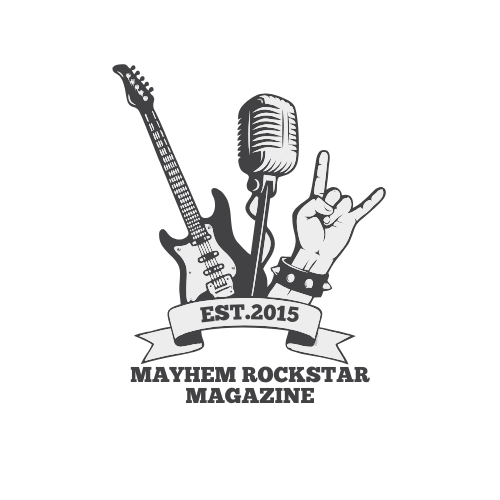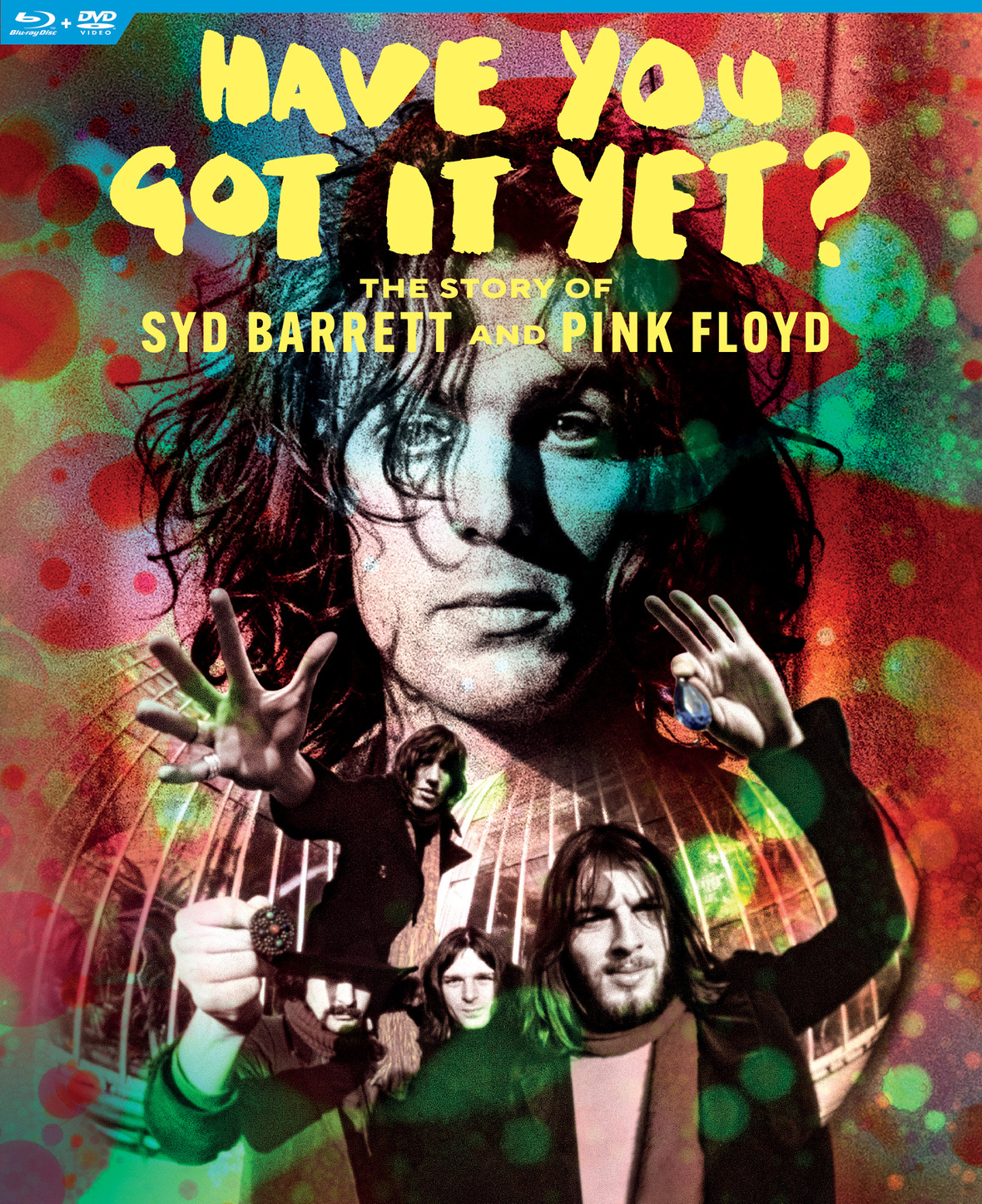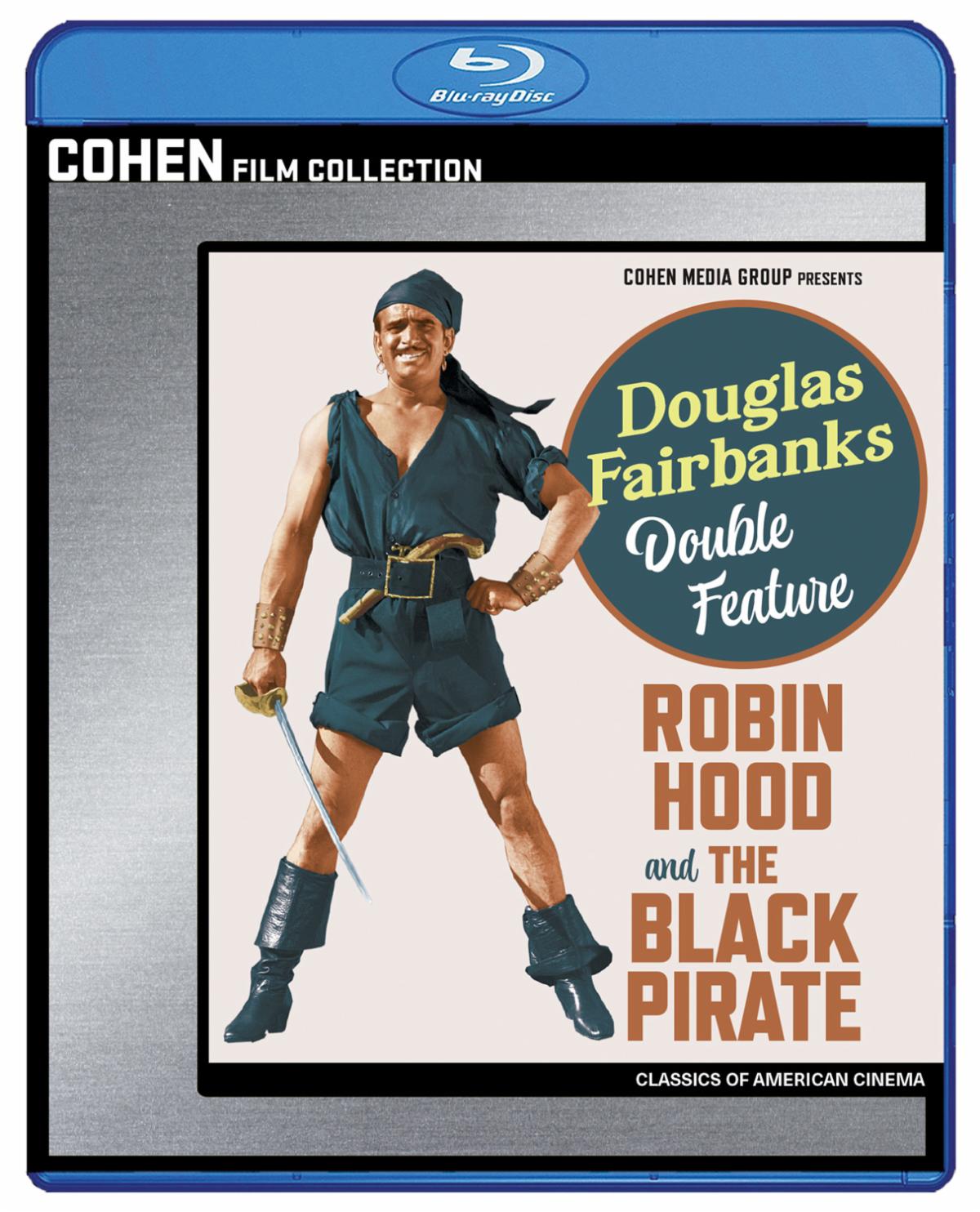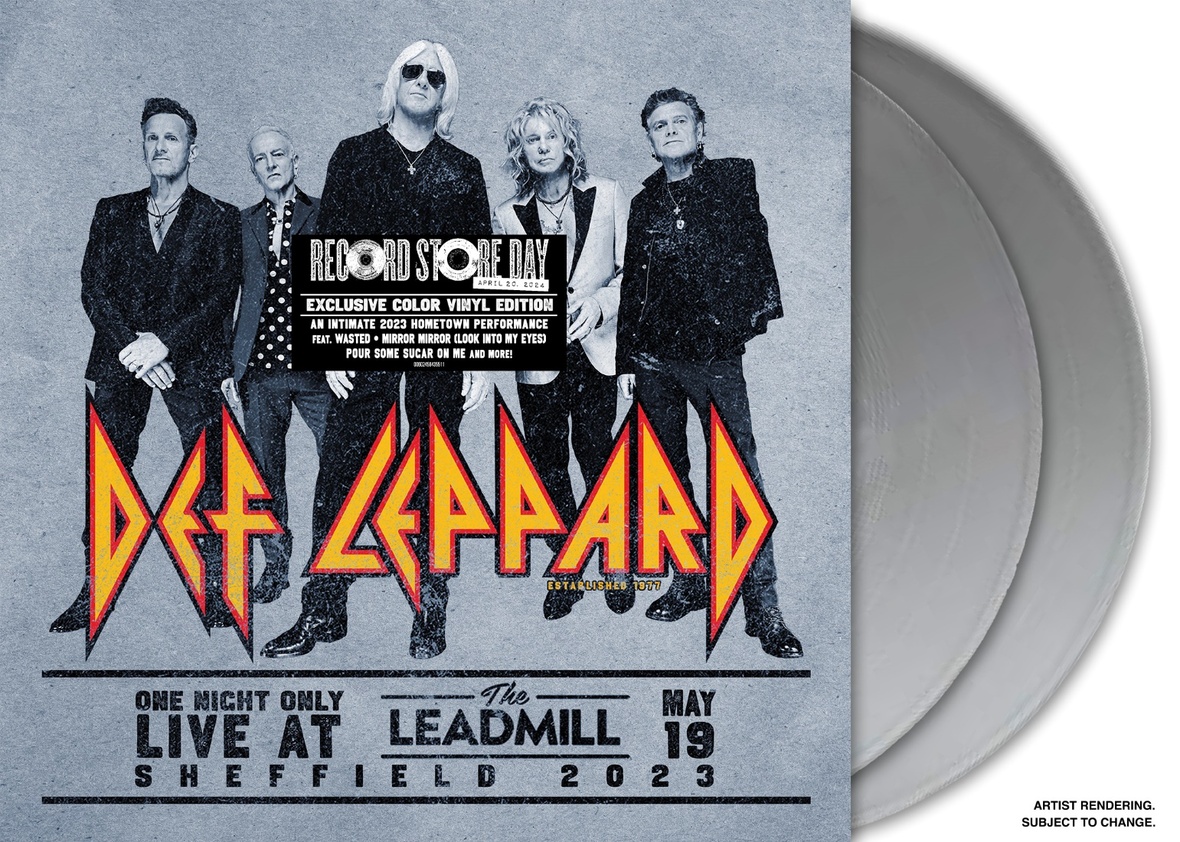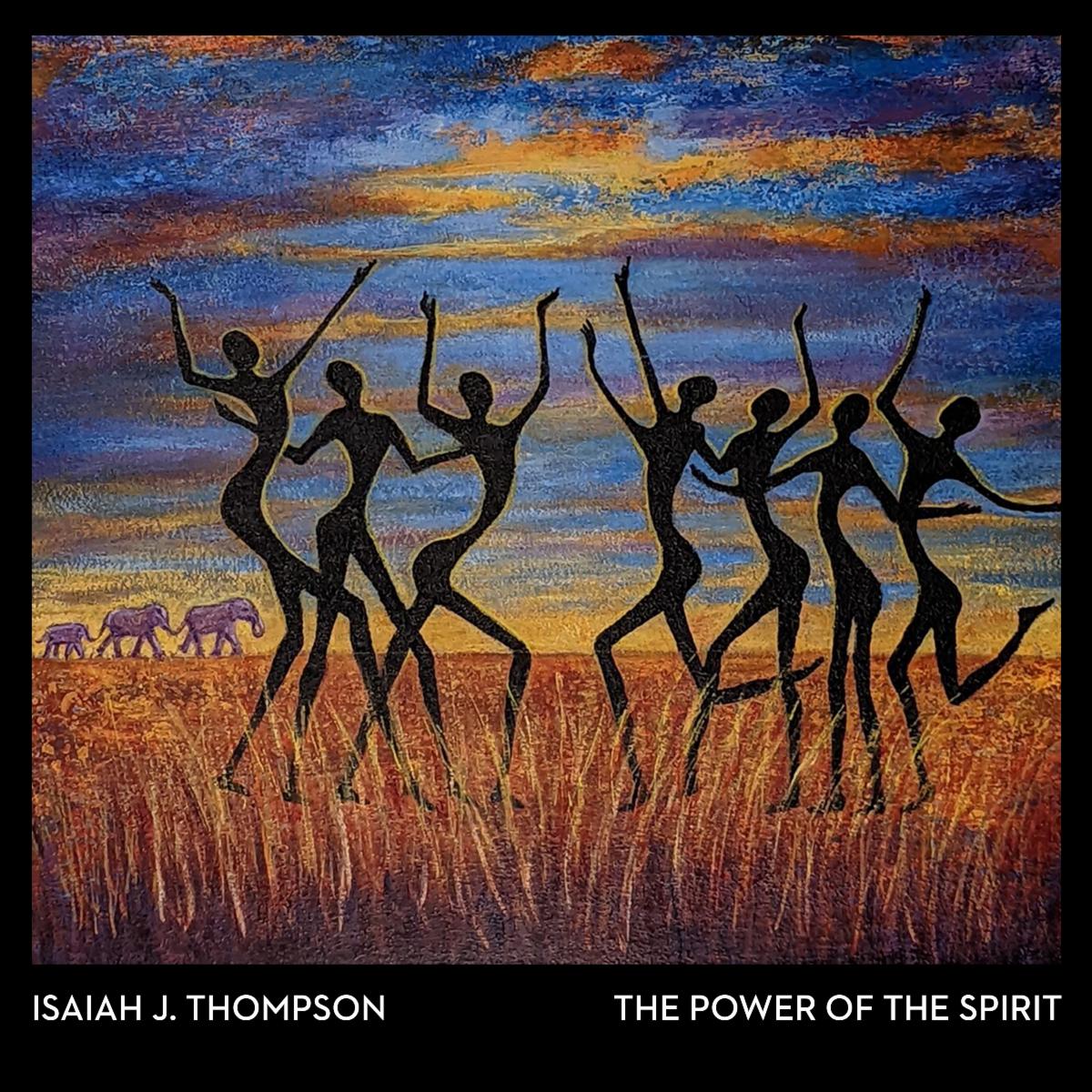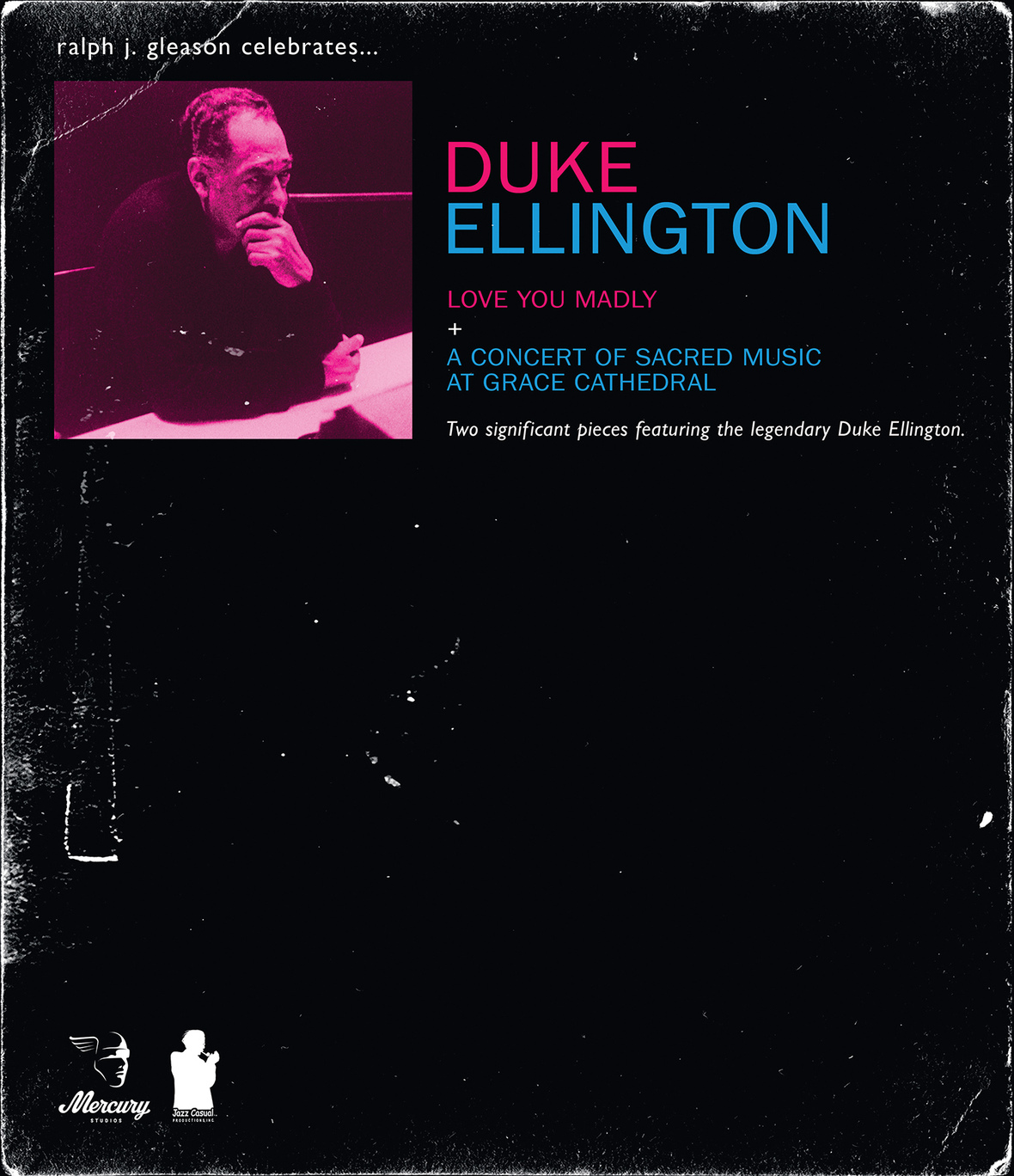
It goes without saying that Duke Ellington is among the greatest and most revered names not only in the jazz community but also in the musical universe. The songs that he and his orchestra composed and performed remain some of the greatest of their kind to this day, having been covered countless times by artists and acts from across the music community, not just from the jazz realm. Ellington’s legacy was bolstered even more late this past April with the re-issue of the previously out-of-print two-part presentation, Love You Madly/A Concert of Sacred Music at Grace Cathedral. Released through a partnership between Mercury Studios and Jazz Casual Productions, Inc. the hybrid documentary/concert is a must have just as much for any Ellington fan and any casual jazz fan. The booklet that accompanies the presentation sets the foundation for what audiences get to see in the documentary and concert. It will be discussed shortly. The documentary itself is definitely of its own interest and will be discussed a little later. The concert feature is also important to note because it is just as enjoyable as the documentary. It will also be discussed later. Each item noted is important in its own way to the whole of the overall presentation. All things considered they make Love You Madly/A Concert of Sacred Music at Grace Cathedral a thoroughly engaging and entertaining work that Ellington fans and casual jazz fans alike will appreciate.
Mercury Studios and Jazz Casual Productions, Inc.’s recently unearthed out-of-print presentation, Love You Madly/A Concert of Sacred Music at Grace Cathedral, is a wonderful new offering for any jazz and Ellington fan alike. Its appeal begins before audiences even start watching, thanks to the booklet that accompanies the main presentation. The booklet opens with a brief introduction by Tony Gleason, son of the presentation’s creator, Ralph Gleason. The younger Gleason writes in his liner notes that as a child he himself was so moved by Ellington’s music (thanks to his dad) that even he was converted into a fan. He further qualifies the presentation’s engagement and entertainment by pointing out that his dad’s work was so appreciated by Ellington himself that Ellington praised the hybrid work in his autobiography, Music Is My Mistress. Gleason goes so far as to directly cite Ellington’s statements about his father’s work to help viewers understand and appreciate what they are about to watch.
From there, author Ashley Kahn takes the lead, composing the remainder of the booklet’s liner notes. She picks up where Tony Gleason left off, noting “Gleason’s first love was jazz, an ardor grounded by an insider’s appreciation of the reality of gigs and sessions and making ends meet.” As she continues her working, Kahn points out that Gleason himself was turned onto the work of Ellington and company when he was a child, just like his own son. That makes for even more interest in the story that these two presentations offer. Yet another interesting note that Kahn adds is that in 1965 (the same year from which the featured presentations rose), Ellington had been nominated for a Pulitzer Prize and that it marked the first time that a jazz composer had ever been nominated for the prize in the award’s music category. According to Kahn’s notes, Ellington never won the award, despite the nomination, and that caused quite a bit of controversy. She leaves the story there. In researching the story further, it is found that the controversy stemmed from the Pulitzer Board not even awarding an award in the music category that year rather than allow an African American to be recognized for his work. So therein is the controversy. In essence, he was denied, allegedly, purely out of racism from those in positions of power. That Kahn leads audiences to make the discovery on their own is actually a very good thing. It shows that she leaves audiences wanting more in the best way possible. That that end, kudos are in order for Kahn.
As Kahn continues her discussion, she lays the groundwork for the concert at Grace Cathedral, offering the historical background. She explains that Ellington was not the first composer or musician to perform at the church, but the performance put on by Ellington and his orchestra was still a monumental presentation. As Kahn points out, the performance would go on to be just the first of his Sacred Music performances. He and the group would go on to perform the far-reaching presentation at New York City’s Presbyterian Church and at other locations at cities nationwide. Between all of this and so much more presented by Kahn and by Gleason’s son, the overall picture painted by the pair in the liner notes is fully immersive. It sets a solid foundation for the presentation featured in each work that gives audiences much to anticipate in a positive way.
Once audiences transition from the set’s liner notes to the first of the features, the documentary Love You Madly, the very first thing that they get is a vintage, black and white documentary of Ellington and company in intimate settings, such as the Monterey Jazz Festival, at the Basin Street West Jazz Club and even the Grace Cathedral, which itself is, again, presented in full as the second feature. Throughout the course of the performances, Gleason talks one on one with Ellington about how he composed various songs. Ellington is so eloquent as he talks about how he composed the songs that made him famous. Audiences will be fully engaged in his conversations with Gleason. Case in point is his discussion early on about the inspiration behind ‘Far East Suite.’ Ellington explains to Gleason, the composition rose from the group’s trip to the Middle East. This is more proof of the importance of having background information for any instrumental music. Considering the song’s title is ‘Far East Suite,’ the first thing that likely would come to mind is Asia. However as Ellington explains, again, that was not the case. This leaves no room for misinterpretation. The percussive approach on the clarinet and the subdued but steady drums really helps listeners get the picture of the camels, minarets and other items so commonly associated with that region of the world.
On yet another note, Ellington’s discussion on how he developed the arrangement for ‘In My Solitude’ is interesting in its own way. He explains he wrote the song while waiting for another act to finish recording a song in a studio. The gentle, flowing fashion of the song, of which audiences get a clip, makes more sense in understanding that back story. On yet another note, he explains that ‘Sophisticated Lady’ — another of the greatest songs Ellington ever composed — it took him a month to compose that song. It certainly would have been interesting to get even more story on that topic. It is yet more proof of the interest that Ellington’s discussion brings to Love You Madly. Between these discussions and so many others offered throughout the documentary (and the rich performances from his orchestra), what audiences get in whole is such an immersive documentary.
That the documentary was originally presented in 1965, its audio and video have clearly stood the test of time quite well. The rich sound of the stand up bass in some of the song and the equally powerful sounds from the horns in the performances are collectively so powerful. Perhaps the only downside to the audio overall, is that during the course of Ellington’s discussions, audiences will find they have to adjust the volume upwards in order to better hear him. That is a minor inconvenience, though. Overall, the documentary gives audiences so much to appreciate from beginning to end.
While the documentary, Love You Madly, offers viewers so much to enjoy it is just one of the parts of this collective that makes the whole engaging and entertaining. The secondary program, the full concert presentation of A Concert of Sacred Music At Grace Cathedral, presents just as much for viewers to enjoy. This is especially after audiences are taken into the cathedral with Ellington and Gleason near the end of Love You Madly. That portion of the documentary really serves well to set the stage for the concert (no pun intended). The simple presentation, ‘In The Beginning, God’ is so powerful in its simplicity. The hybrid spoken word/sung vocals alongside the subtle piano line, percussion and bass line early on creates a fully engaging work in its own right. Just as interesting is the manner in which the song so subtly switches between its more bluesy leanings and a more modern classical approach in Ellington’s performance on piano during that portion of the opus. The transitions back and forth are incredible in their fluidity. The big band sound that comes later in the composition is just as certain to keep listeners engaged. The whole is such an incredible work that will move any listener.
On another note, the balance of jazz and gospel in ‘Ain’t But The One’ makes for its own interest. It is half the time as ‘In The Beginning, God,’ but still packs a great punch in its shorter presentation. What’s more, it is more direct in the noted balance. What that means is that not only do audiences get diversity in this song, but diversity between the concert’s first two songs. The diversity continues in the fully instrumental composition, ‘New World A-Coming,’ which opens with a decidedly Gershwin-esque piano flare from Ellington. As the song progresses, Ellington puts his own influence to the presentation. The result is a song that is just as engaging and entertaining as any of the concert’s other works.
As if the noted performances are not enough, the vocal talents of Esther Marrow in ‘The Lord’s Prayer’ and ‘Come Sunday’ are powerhouses. There is something incredible about the power of her vocals as she just stands there so simply. It puts forth a display of effortless talent. The tap dancing of Bunny Briggs and the scatting of Jimmy McPhail on the concert’s finale, ‘David Danced Before The Lord’ is yet another incredible moment especially considering the length of the song. Briggs’ skill with his talent is beyond words. It goes without saying that to be able to go as long as he did, putting accents in all the right places along the way, means he had to have had some very strong leg muscles. McPhail’s scatting, that percussive performance, pairs with his smoother, velvety soft vocals to make his performance just as enjoyable as those put on by the duo’s friends in the group. Simply put, whether in this finale, at the other points discussed or any of the concert’s other moments, the whole of the concert proves fully engaging and entertaining thanks to the expert talent displayed by all involved. When all of this is considered along with everything presented in the documentary, Love You Madly, the whole makes for even more enjoyment. All things considered, this dual presentation is a wonderful gem that is a wonderful, welcome offering for any jazz and Ellington fan alike.
Mercury Studios and Jazz Casual Productions, Inc.’s recently released documentary/concert presentation, Duke Ellington: Love You Madly/A Concert of Sacred Music at Grace Cathedral is a powerful, immersive presentation that Ellington’s most devoted fans and casual jazz fans alike are sure to enjoy. That is due in part to the foundation formed by the set’s liner notes. The liner notes are composed in part of the song of the original documentary and concert’s producer, Ralph Gleason and also by author Ashley Kahn. The information the pair provides paints a rich picture of the documentary and concert contained within the presentation. The documentary portion of the set presents a wonderfully intimate picture of Ellington. For lack of better wording, it personalizes him…humanizes him. It shows that even being so revered in the upper echelons of the musical universe, he really is just another person. It makes him all the more respected. The concert at the Grace Cathedral in San Francisco puts the finishing touch to the set. That is because it presents a side of Ellington and company that at the time (and since) few if any audiences had and have known. The balance of the secular and non throughout the concert is impressive to say the least. The sound and video is just as impressive, especially considering the age of the footage. Each item noted here is important in its own way to the whole of this collection. All things considered they make Duke Ellington: Love You Madly/A Concert of Sacred Music at Grace Cathedral a work that Ellington’s most devoted fans will appreciate just as much as more casual jazz fans.
Duke Ellington: Love You Madly/A Concert of Sacred Music at Grace Cathedral is available now. More information on the recording is available along with other titles from Mercury Studios at:
Website: https://mercurystudios.com
Facebook: https://www.facebook.com/MercuryStudiosCo
Twitter: https://twitter.com/mercurystudios
